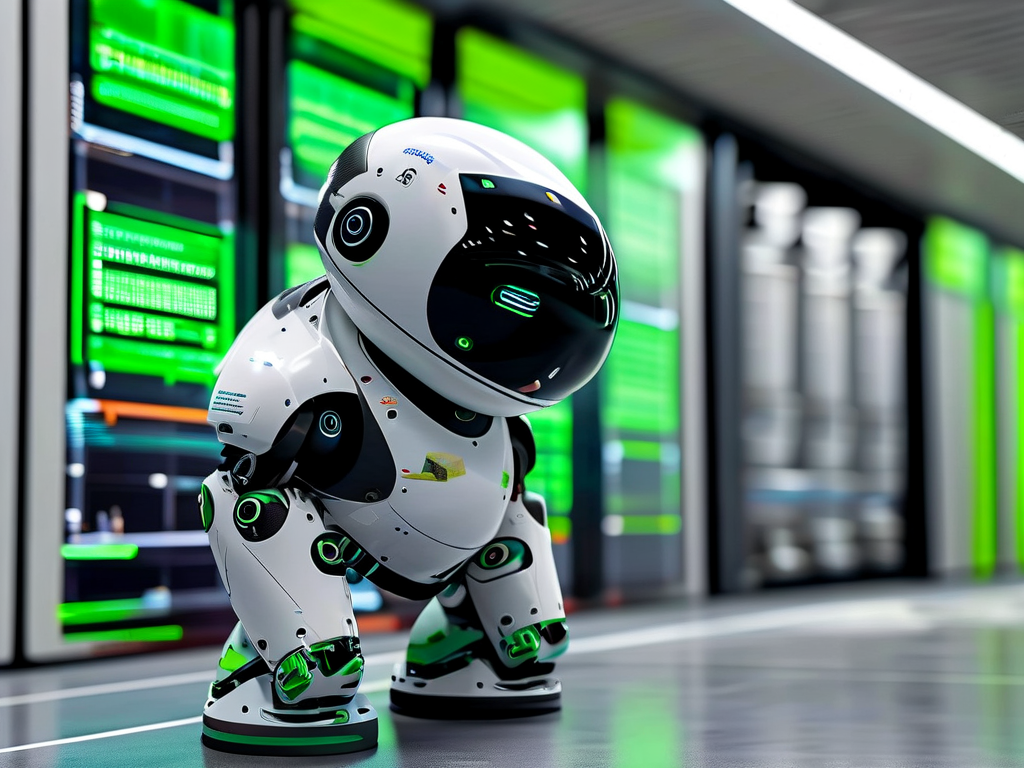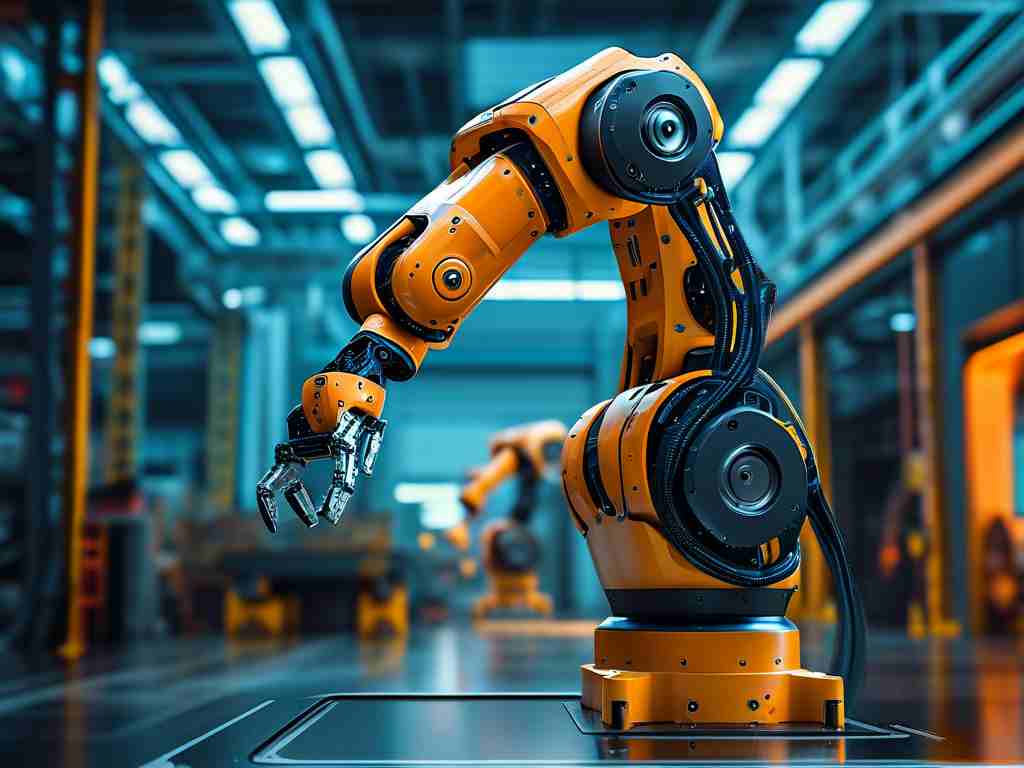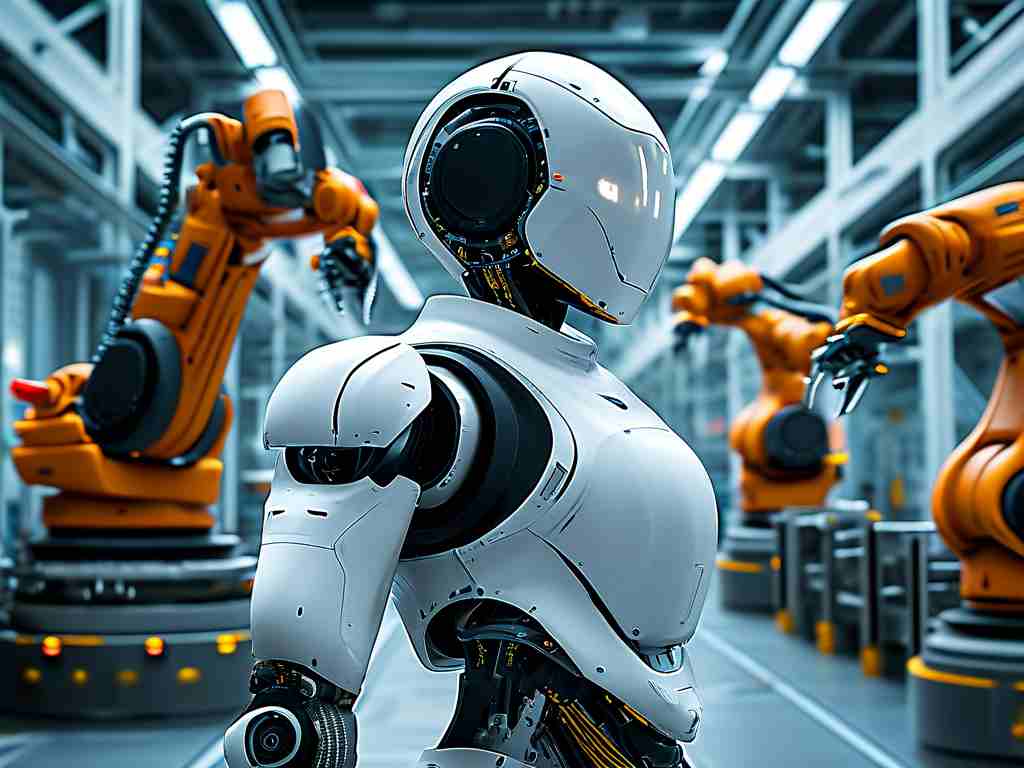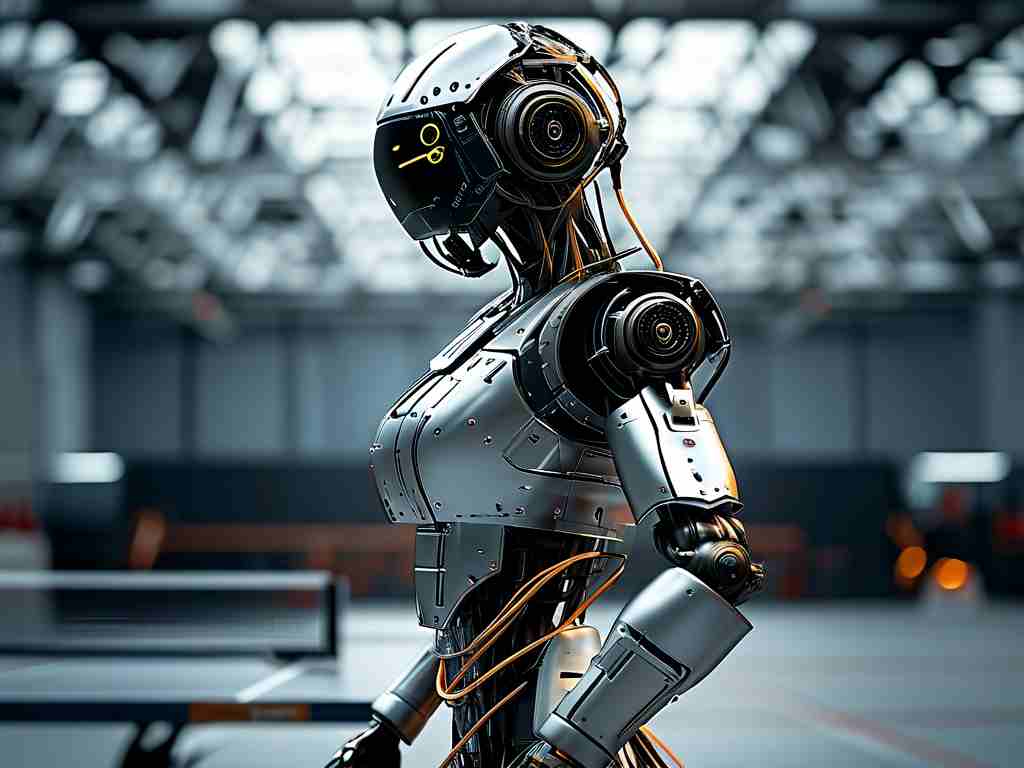The integration of robotics into energy storage systems is reshaping how industries manage and optimize power resources. Unlike traditional static storage solutions, robotic energy storage technologies leverage automation, artificial intelligence, and modular design to address inefficiencies in energy distribution. This innovation is not just a theoretical concept—it’s already being deployed in sectors ranging from renewable energy farms to smart cities, offering a glimpse into a more sustainable future.
The Mechanics of Robotic Energy Storage
At its core, robotic energy storage involves movable or reconfigurable battery units controlled by autonomous systems. For example, in solar power plants, robotic arms can physically relocate battery modules to areas with higher energy demand or better charging conditions. This dynamic approach contrasts with fixed lithium-ion setups, which lack the flexibility to adapt to real-time changes in energy production or consumption. Companies like Tesla and Siemens have experimented with modular battery arrays paired with robotic controllers, achieving up to 30% improvements in energy utilization during pilot projects.
Applications Across Industries
One of the most promising applications lies in renewable energy integration. Wind and solar farms often face challenges with inconsistent power generation. Robotic storage systems can autonomously balance supply and demand by redistributing stored energy across grids or even transporting physical battery units to underserved regions. In 2023, a German wind farm implemented a fleet of autonomous drones equipped with small-scale batteries to deliver surplus energy to remote villages during grid outages, demonstrating the scalability of this technology.
Another frontier is industrial automation. Factories using high-power machinery require rapid energy surges, which conventional systems struggle to support. Robotic energy storage units, however, can position themselves closer to equipment clusters, reducing transmission losses and providing instant power boosts. A case study from a South Korean semiconductor plant revealed that robotic battery carts reduced energy waste by 22% while maintaining production uptime during peak loads.
Overcoming Technical and Economic Barriers
Despite its potential, robotic energy storage faces hurdles. The upfront cost of developing intelligent control systems and durable robotic hardware remains high. Engineers are exploring cost-effective materials, such as graphene-enhanced batteries and lightweight aluminum frames, to lower production expenses. Additionally, machine learning algorithms must be refined to handle complex decision-making scenarios—like prioritizing energy allocation during emergencies—without human intervention.
Safety is another concern. Unlike stationary batteries, mobile units introduce risks of collisions or malfunctions in crowded environments. To mitigate this, researchers at MIT have developed collision-avoidance protocols using LiDAR and thermal sensors, enabling robotic storage units to operate seamlessly in dynamic settings like urban power grids.
The Road Ahead
The next decade will likely see robotic energy storage evolve from niche prototypes to mainstream solutions. Key trends include miniaturization for residential use—imagine refrigerator-sized robots that store solar energy by day and power homes by night—and hybrid systems combining hydrogen fuel cells with robotic distribution networks. Governments are also taking notice: Japan’s 2024 energy policy includes subsidies for companies developing “mobile storage ecosystems,” signaling strong institutional support.
Critics argue that the complexity of these systems could delay widespread adoption. However, as AI processing power grows and renewable energy costs drop, the economic case for robotic storage strengthens. A recent report by BloombergNEF predicts that by 2035, over 15% of global energy storage capacity will incorporate robotic elements, driven by demand for adaptive and resilient power infrastructure.

In , robotic energy storage represents more than a technical upgrade—it’s a paradigm shift in how humanity harnesses and manages energy. By merging physical mobility with digital intelligence, this technology promises to unlock unprecedented efficiency in our quest for sustainability.










